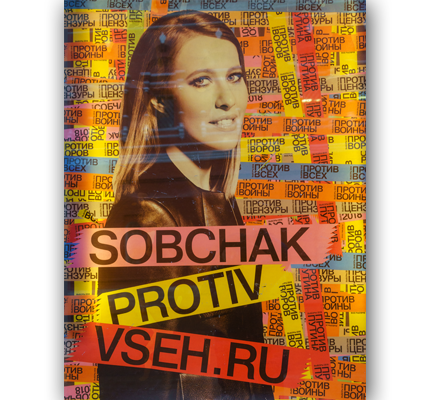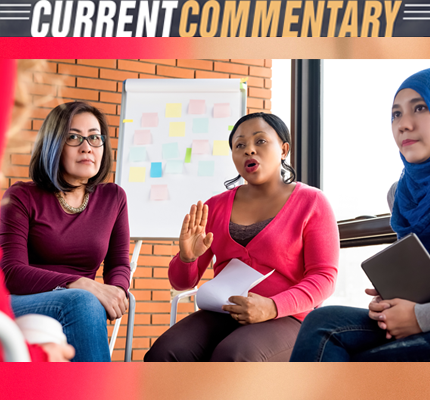October 1, 2013
My study critically examined the symbolic meanings of “Indianness” in the Indian Government’s “official” national integration campaigns from the pre-liberalized era, and the Times of India’s (TOI) “Lead India” campaign (2007) from the post-liberalized era. I sought to answer the following questions: How is the idea of an Indian people constituted in these campaigns? What identity markers are excluded in such constitution? What are the broader implications of such national discourses in a pluralistic, postcolonial nation like India? I chose to analyze three popular government-created national unity campaigns. They are: Ek Chidiya, (1974), Torch of Freedom (1984) and Mile Sur Mera Tumhara (1986). The three 2007 “Lead India” campaigns were created by the independent newspaper, TOI.
I retrieved the campaign videos from YouTube. The primary film-medium organization of the Government of India, Films Division created the 1974 animated, educational film on national integration. Kailash Picture Company created Torch of Freedom or Freedom Run and Mile Sur Mera Tumhara campaigns for Lok Seva Sanchar Parshiad or the Council for Public Service Commission, an undertaking of Government of India. All these campaigns were promoted by Doordarshan, the only state-owned television at that time. The “Lead India” campaigns started with an initiative called “India Poised” which TOI launched on January 1, 2007, with a series of print ads and television commercials. Here I focus on three of these television commercials: India Poised featuring Amitabh Bachchan, Lead India featuring Shah Rukh Khan and Lead India: Tum Chalo Toh Hindustan Chale campaigns. I analyzed the representations of the Indian people that emerged from these videos, paying careful attention to the use of cultural and national symbols, actors, ethnicities of people and geographical locations to reveal the underlying cultural assumptions.
Two prominent themes emerged from the national integration campaigns. First, common to both the Doordarshan andTOI campaigns is the message that united we stand, divided we fall, along with the portrayal of a synergistic, productive and progressive India. The Doordarshan campaigns attempt to establish the ideal of “unity in diversity” across the categories of ethnicity, language and religion, as well as through national symbols, historical monuments, and geographical locations. Further, to signify a national community, evoke pride in “Indianness,” and seek allegiance to the nation, the campaigns consistently use the Indian flag, the Indian map, and the national anthem. These Doordarshan campaigns overtly emphasize unity by employing a rhetorical strategy that erodes the contradictions and cultural diversity inherent in the idea of a singular India as imagined by the political brass. The post-liberal era TOI campaigns display a similar constitution of a unified India and depict a “young,” urban, and diverse India, not embroiled in economic regulations and traditions of the past but willing to stride ahead, daring to dream. In these ads, ascribed status of caste, ethnicity, and religion is irrelevant. Rather, they emphasize how all Indians should employ both individual and collective actions for the progress of the nation.
Second, The Doordarshan and TOI campaigns diverge in terms of how tradition and modernity are portrayed. While the former prominently emphasize unity in diversity and depict an India steeped in tradition and culture using celebrities from the past, the TOI campaigns emphasize a “young,” urban India poised to break the shackles of economic regulation and leap forward. The “young” urban India symbolizes India’s self-confidence and desire to occupy a position of world supremacy, reflective of the larger political and economic changes that have occurred in India since liberalization. These campaigns try to establish a bond/association with youths via nationally and globally recognized Bollywood celebrities, who work to promote global, cultural, and economic slogans of action, business, and a forward-thinking modernity and shape the cultural ethos of an urban middle class that seeks global recognition. The economic pulse of the nation resides within the urban middle class, a social class traditionally politically disinclined, and from whose perspective, separatist tendencies, regionalism, and communalism are undesirable and politically unacceptable. As long as the ruling government satisfies their class aspirations, they receive the political backing of this class. The TOI campaigns showcase the desires of India’s urban elites by depicting a monolithic character that hides the complexities and differentiation underlying the diverse groups. The traditional “barriers” of caste, race, ethnicity, language, and religion disappear behind the one-dimensional image of young, “forward-looking” India.
My analysis reveals these national integration media campaigns constitute a homogenous Indian people based on an idealized depiction of “unity in diversity” and a “youthful”, modern India. By doing so, both the Doordarshan and TOIcampaigns reflect and maintain the political and cultural wills of the historically dominant urban upper caste and upper and middle class elites. However, racial and caste categories are prominently excluded from both the texts and the pictorial depictions. In essence, these messages and portrayals depict a casteless, raceless Indian people, and ignore the disenfranchised groups excluded from India’s march toward globalization.
Caste is a religiously sanctioned system of classification that is based on unequal treatment, discrimination and subjugation of the lower caste by upper caste peoples. Although caste discrimination is constitutionally banned in India, it is still prevalent in Indian society. I argue that the campaigns utilized the extant political and cultural messages of “unity in diversity” and support of economic liberalization to conceal the problematic caste and racial differences in the democratic, secular present day Indian context. The strategic focus on “unity” and “young” India prevents us from questioning the caste inequality and caste-based racism still rampant in India. In this way, I further argue that race and caste are constitutive of the postcolonial Indian national identity through their absence from these national integration discourses.
My analysis shows the presence of rhetorical strategies such as erosion of contradictions and absence of caste and racial identities in nationalist discourses. Using the message of “unity in diversity,” the discourses conceal internal differences and systemic inequalities within the caste system and attempt to foreclose debate about the caste system as a racist system.
My study reveals the far-reaching consequences of the absence of racial and caste identity discourses within the political and cultural ideology of postcolonial India. The absence of racial categorizations in Indian political discourse has grave implications, as it leads to a common understanding of Indians as raceless. As caste discrimination is banned by the constitution, the government tends to take a defensive stance on the subject, suggesting that underprivileged caste groups are protected under law and that the perpetrators of caste discrimination are therefore punishable. But the reality remains that caste functions within everyday social, political and economic structures in India. As the official government campaigns stresses on “unity” by eroding caste and racial differences and inequalities, the media too play a role in fueling the globalizing tendencies of the urban middle classes by foregrounding “youth” and modernity. Such media representations are critical sites in which the politics of inclusion and exclusion are played out, and where disenfranchised groups remain marginalized and excluded from India’s unrelenting march toward cultural, political, and economic globalization.









